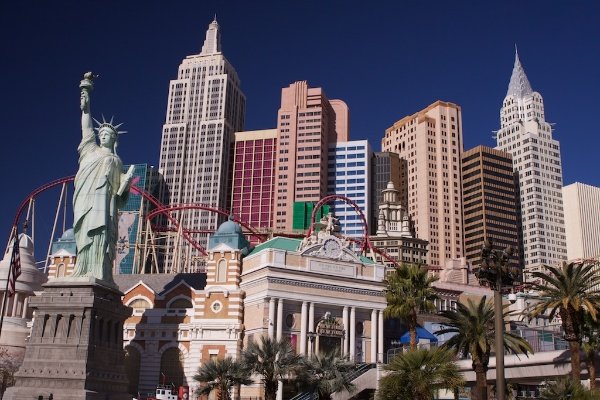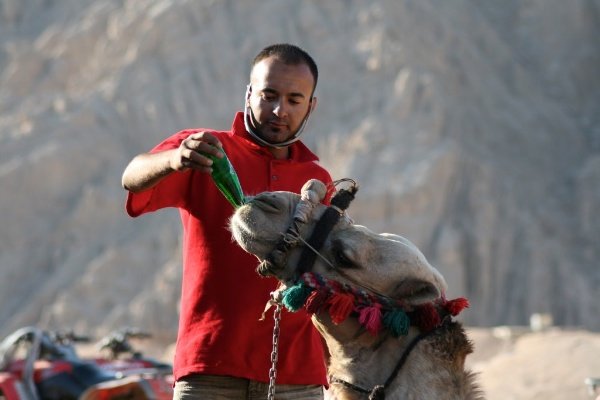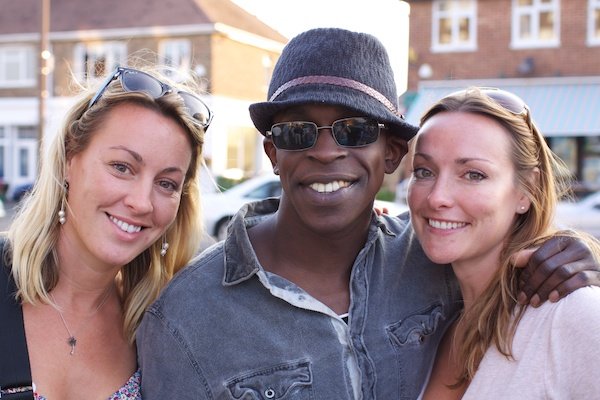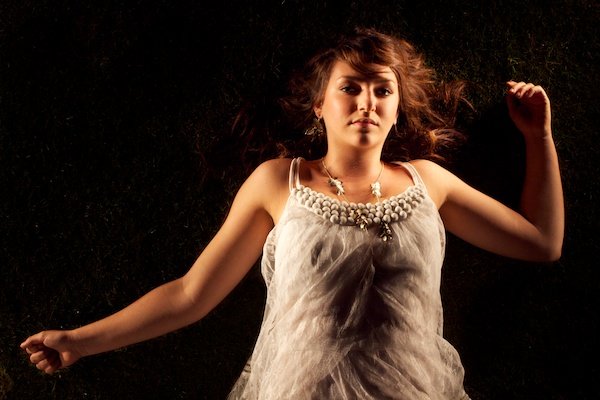What the Camera Controls
This may seem like a silly point to talk about because we all know that the camera covers exposure, namely aperture, shutter speed and ISO. What we don’t often consider is that it also covers a lot more. You have the ability to alter the way your camera looks at the scene with the metering modes and focus points; how it takes a photo with the burst mode, focus points and focus mode; and also how much light it lets in with the exposure compensation. Different modes allow you different options, so it’s up to you to decide how much control you want.
Full Auto
What it controls:
Shutter Speed Aperture ISO White Balance Focus Mode Exposure Compensation Focus Points Metering Mode Flash Exposure Compensation
What you’re allowed to control:
Choose between RAW or JPEG Burst Fire Mode
Why You’d Use it
This mode is most commonly used by people who don’t know what they’re doing but simply want to take photos of what they see through the viewfinder. I can understand the frustration but, unless you’ve just taken the camera out of the box, you need to learn how to use the camera to produce the best results. It’s a common misconception that, because it’s an intelligent camera, it will set things as you would have anyway… but this is far from true. You’ll end up taking bright photos with harsh pop-up flash that look like you used your phone to take them.
Why You Wouldn’t Want to Use It
As I said above, it does a pretty lousy job of making your photos appear as you want them to. It’s still much better than using a pocket camera on full auto but won’t produce the best photos. When you can’t control the aperture, shutter speed and ISO, the camera has to guess what you’re doing and will often get it wrong. Exposure is one thing but there’s a lot more to it than that. Full Auto doesn’t allow you to meter the photo the way you would like, resulting in certain areas appearing darker or brighter than you would have liked. I quite often use spot metering because the extra direction of where my camera should expose can make a huge difference to the end result. This is just one of the factors – I strongly suggest avoiding this mode.
Program Mode
What it controls for you:
Shutter Speed Aperture
What you’re allowed to control:
ISO White Balance Focus Mode Exposure Compensation Focus Points Metering Mode Flash Exposure Compensation Choose between RAW or JPEG Burst Fire Mode
Why You’d Use It
This is similar to Full Auto in that it takes control of the exposure (or most of it here) but allows the user a lot more control at the same time. If you’re ever considering using Full Auto, I would suggest that you forget it and switch to program mode instead. This is typically used by people who know a little bit more about their cameras and want to be able to take control of features such as ISO and WB. All of this extra control CAN make for much better photos, so long as you know what you’re doing. As this mode is really only one step away from using a priority mode, you’ll often find people who know what they’re doing with a camera using it but can’t operate it fast enough. I may switch between aperture priority and shutter speed priority at a blink of an eye, and the same goes for flash and no flash but, because I’m experienced with my camera, it’s second nature to me. I can choose my settings at speed. Someone with less experience might be tempted to use program mode instead.
Why You Wouldn’t Want to Use It
The camera will only ever guess at the correct settings for your camera; you may find that your photos are coming out blurry or noisy because it doesn’t know what to do. For the best results, control the exposure yourself and tell the camera what it should be doing. I used to use this mode when I first started and found that, when I was taking photos of still life, it worked fine. As soon as I took photos of moving objects, or indoors without a flash, it would stop working so well and produce blurred results.
Shutter Speed Priority
What it controls for you:
Aperture
What you’re allowed to control:
Shutter Speed ISO White Balance Focus Mode Exposure Compensation Focus Points Metering Mode Flash Exposure Compensation Choose between RAW or JPEG Burst Fire Mode
Why You’d Use It
I said before in An Insight Into How I Use My Camera that I use this as much as aperture priority and manual mode and that’s still very true because of the type and amount of photography I do. A lot of photographers will tell you that they only ever shoot on manual mode but I would disagree. Shooting in suitable light on a priority mode takes away the extra effort of setting the other parameters (such as aperture when you’re shooting on shutter speed priority) which are determined by the exposure compensation. You can fix an underexposed photo in post production but there’s nothing you can do about a blurry one; when I’m shooting a fast moving object, I switch to shutter speed priority.
Why You Wouldn’t Want to Use It
If there’s plenty of light and no fast moving objects, shutter speed becomes somewhat irrelevant. You’re much better off setting the camera to aperture priority and choosing a setting which would effect your depth of field or sharpness. Shooting fast moving objects or long exposures are the only reasons for which I use shutter speed priority.
Aperture Priority
What is controls for you:
Shutter Speed
What you’re allowed to control:
Aperture ISO White Balance Focus Mode Exposure Compensation Focus Points Metering Mode Flash Exposure Compensation Choose between RAW or JPEG Burst Fire Mode
Why You’d Use It
When you have lots of available light, you can choose an aperture that will allow you to use the depth of field for creative effect, producing more interesting results. You can also set your lens to it’s sweet spot – usually around f/8 to f/11, which is where it will be at it’s sharpest. If there’s a lot of light available and I’m not trying to creatively control my DoF, I usually have my aperture set to around f/8 – I’ll even increase the ISO if I have to, so long as it’s not producing too much noise.
Why You Wouldn’t Want to Use It
For the same reason that you would use shutter speed priority mode. Also, if the lighting is dark or inconsistent, you would want to use manual so that you can constantly adjust your exposure to best suit what you’re shooting and where.
Manual
What is controls for you:
Exposure Compensation
What you’re allowed to control:
Shutter Speed Aperture ISO White Balance Focus Mode Exposure Compensation Focus Points Metering Mode Flash Exposure Compensation Choose between RAW or JPEG Burst Fire Mode
Why You’d Use It
Manual gives you all the control you could possibly want over your camera; it leaves everything up to you. This is great if you know what you’re doing. More often than not, if I’m using a flash, I set my camera to manual as I like to be able to control the amount of ambient light in my photos. Also, when it’s dark out and I’m using longer exposures on a tripod, the additional control allows you to decide exactly how you want your photos to expose. The same is true when you’re shooting landscapes and have plenty of time to take the photo exactly as you want it. There are many uses for manual mode, perhaps more than any other mode. Once you’ve mastered it, you’ll see just how much your photos improve.
Why You Wouldn’t Want to Use It
There aren’t many reasons not to use it but there are reasons why other modes would work just as well. If you’re shooting in sunny daylight, you know that your aperture is going to take priority over your shutter speed and can set it accordingly. If you’re using manual mode, you then set the shutter speed so that the exposure compensation meets in the middle. This is basically doing exactly the same as aperture priority; in my opinion, you may as well use that instead.






